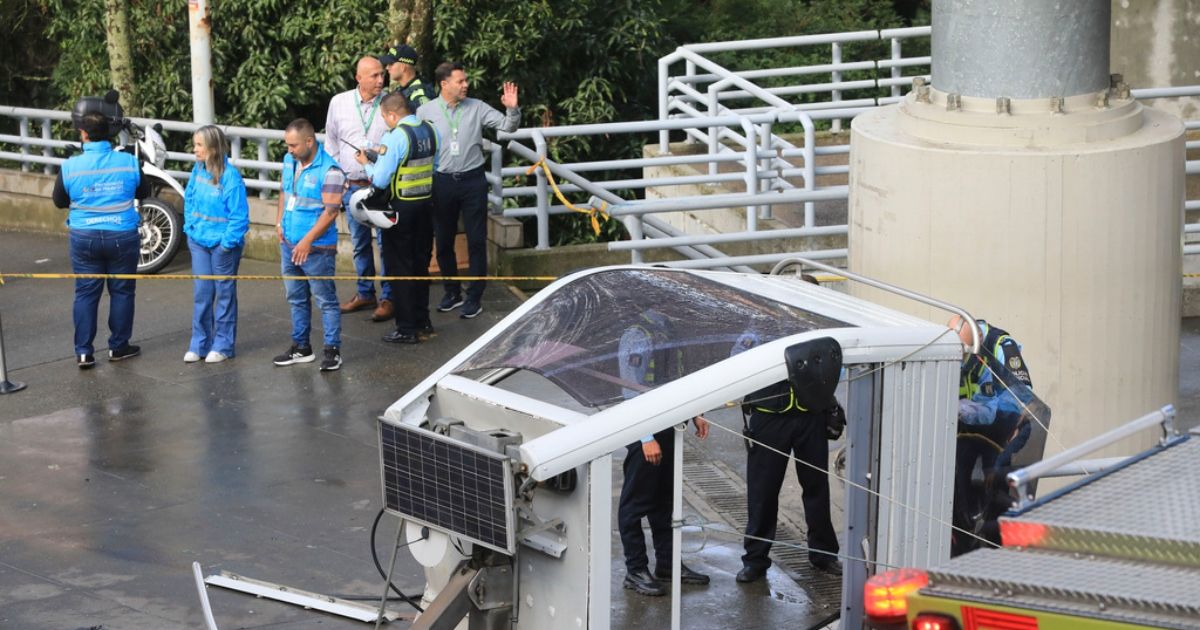It is known that the climate change has consequences direct on the nature. However, the intervention of Humans at different levels also has influence in this problem. Recently, a group of experts found that more than a third of the Amazon jungle has been degraded for some kind of disturbance human, which has caused carbon emissions equivalent to or higher than those of the deforestation.
This work – which was published in the magazine Science– was led by an international team of 35 scientists and researchers from institutions such as the University of Campinas (Unicamp) in Brazil, the Amazon Environmental Research Institute (IPAM), the National Institute for Space Research (INPE) and the University from Lancaster UK.
The activities The most harmful human impacts for this region, according to the research, “are the edge effects (changes that occur in the forests adjacent to deforested areas), the extraction of wood, fires, and extreme droughts that have been intensified by the change human-induced climate.
“This degradation not only affects the climate and biodiversity, but also has important socioeconomic impacts,” the specialists in the study pointed out. And they added: “Projections for the year 2050 indicate that disturbances such as fires and illegal logging will continue to be among the main sources of carbon emissions in the Amazon.”

To reach these conclusions, the researchers conducted an analytical review of previously published scientific data, based on satellite imagery, and a synthesis of published information describing changes in the Amazon region between 2001 and 2018. “Despite the uncertainty about the total effect of these disturbances, it is clear that their cumulative effect can be as important as deforestation due to carbon emissions and biodiversity loss”, detailed Jos Barlow, one of the authors.
For his part, David Lapola, Barlow’s colleague in this work, indicated: “Even in an optimistic scenario, when there is no more deforestation, the effects of climate change will continue forest degradation, which will generate more carbon emissions. However, preventing the spread of deforestation remains vital and could also allow more attention to be paid to other factors that drive forest degradation.”
“Public and private actions and policies to curb deforestation will not necessarily also address degradation. It is necessary to invest in innovative strategies”, added Lapola.

As the scientists pointed out in the publication, “the Amazon rainforest is a biodiversity hotspot that is threatened by ongoing land conversion and climate change, and most analyzes of land use and land cover land have focused on the causes and effects of deforestation. However, “anthropogenic disturbances -by human beings- cause the degradation of this territory and threaten its future.”
Second, the authors suggested: “While some shocks, such as edge effects, can be addressed by slowing deforestation, others, such as limiting the increase in extreme droughts, require additional measures, including global efforts to reduce carbon emissions. greenhouse gases. Stopping degradation will also require engaging with the diverse set of actors that promote it, operationalizing effective monitoring of different disturbances, and refining policy frameworks.”
Another recent scientific work that involved almost 30 universities warned about the results of one of the strategies most widely used in the world against the climate crisis. As the study revealed, 18% of the young trees did not survive the first year and 44% did not survive the fifth. This finding is related to one of the tasks that have been systematically addressed as a way to counteract deforestation: the plantation of new cuttings.

According to this research, on average, half of the trees planted in efforts to restore the forests tropical and subtropical species do not survive more than five years, although there is enormous variation in results. The work, which was published in the journal Philosophical Transactions of the Royal Society B: Biological Sciencesanalyzed tree survival and growth data from 176 restoration sites in tropical and subtropical Asia, where natural forests have suffered degradation.
Forest restoration projects are a powerful tool to address biodiversity loss and climate change, by sequestering carbon and supporting important habitats. They are also used for carbon offsetting. While the primary measure used to assess this aspect is the number of trees planted initially, research shows that many of these specimens do not survive long term.
In any case, according to the experts, in some places the survival rates were high. That is why they stressed that this is the right approach, as the restoration has the potential to be successful.
Keep reading:


